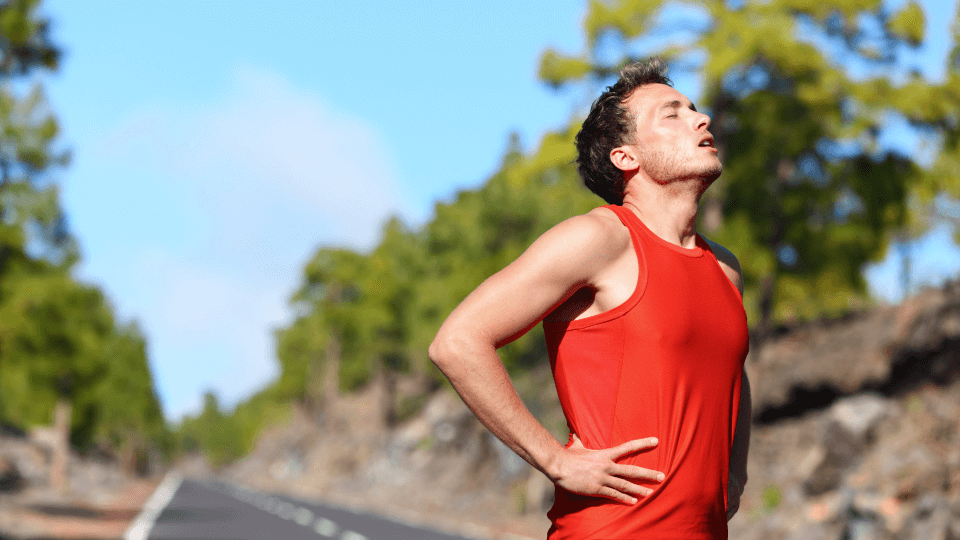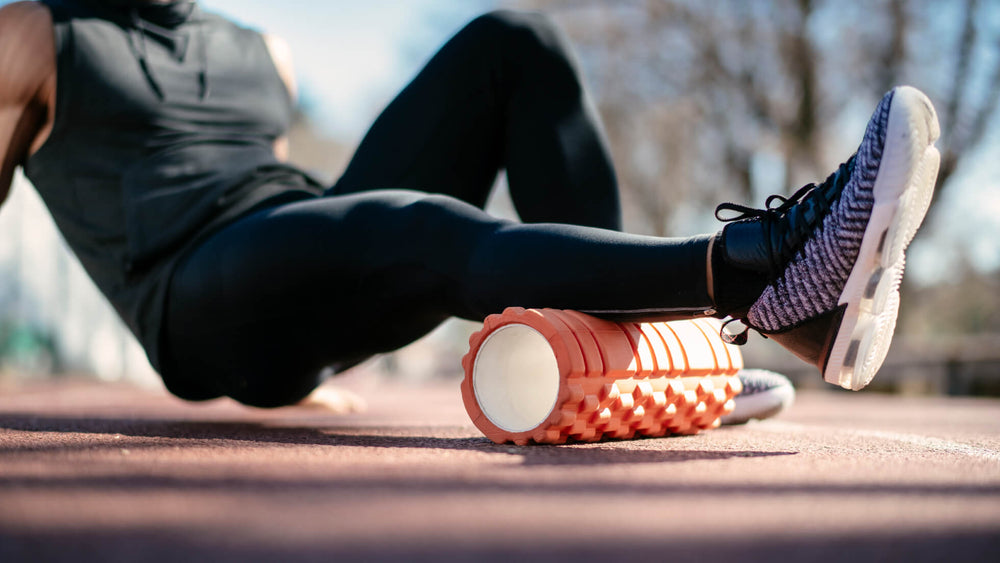What Causes Cramps? (And How to Keep Them at Bay)

You’ve either suffered from cramps, or you’ve passed someone in a race who has—wincing on the side of the road while your calf seizes into a brick of pain. And the worst part is, for many athletes, cramps are entirely avoidable. Here’s the scoop on what really triggers cramps and, more importantly, how to ditch them for good.
What Is a Cramp, Really?
A cramp is an involuntary, painful muscle contraction. It usually strikes active muscles under load—think calves, hamstrings, quads, and even abs on steep climbs. Unlike a simple muscle fatigue twinge, cramps lock fibers into a sustained spasm, often lasting seconds to minutes. Understanding the root causes will help you craft a bulletproof prevention plan.
The Usual Suspects
Dehydration: Loss of fluid reduces blood volume, impairing muscle cooling and nutrient delivery. Even 2% bodyweight loss can elevate cramp risk.
Electrolyte Imbalance: Sodium, potassium, magnesium, and calcium regulate nerve impulses and muscle contraction. Excessive sweating without adequate replacement throws these out of whack.
Muscle Fatigue: Prolonged, repetitive contractions (think endless pedal strokes) overload neuromuscular pathways, increasing excitability and spasm likelihood.
Poor Conditioning: Under-prepared muscles accumulate microtrauma and fatigue earlier in a race.
Environmental Factors: Heat and humidity ramp up sweat rates, accelerating fluid and electrolyte losses.
Genetic Predisposition: Some athletes simply cramp more easily due to neuromuscular sensitivity.
Nutrition & Fueling Errors: Low carbohydrate stores force muscles to work harder, hastening fatigue. Inadequate protein and micronutrients can impair recovery, leading to under-recovered muscles at race start.
Myth-Busting: It’s Not (Just) Lactic Acid
Lactic acid buildup was once blamed for cramps, but research shows it’s more about neuromuscular misfiring than acidity. While lactic levels do rise, cramps typically occur long after lactate peaks, shifting the focus to hydration, electrolytes, and fatigue management.
Prevention Tactics That Work
1. Dial in Hydration
- Baseline: Aim for 400–600 ml/hour of fluid, adjusting for heat and sweat rate.
- Sweat Testing: Weigh yourself before and after hard training; every 1 kg lost = ~1 L fluid deficit.
- Fluids Plus: Use sports drinks or add electrolyte tablets to water to hit ~500–700 mg sodium per liter.
2. Master Electrolytes
- Sodium: 500–700 mg/hr via sports drink, gels with added salt, or salt capsules.
- Potassium & Magnesium: Snack on bananas, dried apricots, nuts, or add a low-dose magnesium supplement (100–200 mg).
3. Build Muscular Durability
- Strength Training: Two sessions per week focusing on eccentric loading (e.g., slow lunges, single-leg deadlifts) builds resilience.
- Neuromuscular Drills: Include strides, hill repeats, or spin-ups on the bike to sharpen muscle firing patterns.
4. Warm Up & Cool Down
- Dynamic Warm-Up: Leg swings, high-knees, or an easy 10–minute spin increase blood flow.
- Post-Exercise Stretching: Gentle stretches and foam rolling help clear debris and maintain flexibility.
5. Strategic Nutrition
- Carb Loading: Ensure glycogen tanks are topped up before long events—3–5 g/kg/day of carbohydrate in the 48 hours prior.
- During-Race Fuel: Consume 30–90 g carbs/hour (per your race plan) to delay fatigue-driven cramps.
6. Proprioceptive & Fascial Work
- Balance Drills: Single-leg hops or wobble-board work fine-tune neuromuscular control.
- Myofascial Release: Regular foam rolling or massage reduces tight spots prone to cramping.
Race-Day Checklist
✔️ Label bottles and packs with fluid and electrolyte goals per hour.
✔️Pack varied fuel: gels, chews, salty snacks, real food options.
✔️ Schedule brief stretch/massage breaks at aid stations.
✔️ Have a backup electrolyte source in case you deplete your primary stash.
Take the next step in your training regimen: Try any BRL Sports supplement risk-free! If our natural nutritional products aren’t the best you’ve ever used, simply return your purchase for a 100% refund — no questions asked!
Also in Inspiration & Perspiration

High Altitude Supplements: Complete Guide to Training & Prevention (Altitude Sickness Solutions)
Support endurance and reduce altitude stress with supplements that improve oxygen efficiency, stamina, and recovery in high-altitude conditions.

Best Supplements For Runners: Complete Guide By Training Phase (Base, Peak, Taper & Race Day)
Discover the best supplements for runners by training phase—base, peak, taper, and race day—to boost endurance, recovery, and performance.

Creatine for Endurance vs. Sprint Efforts
Creatine isn’t just for power—learn how it boosts sprint speed, recovery, and endurance performance.


